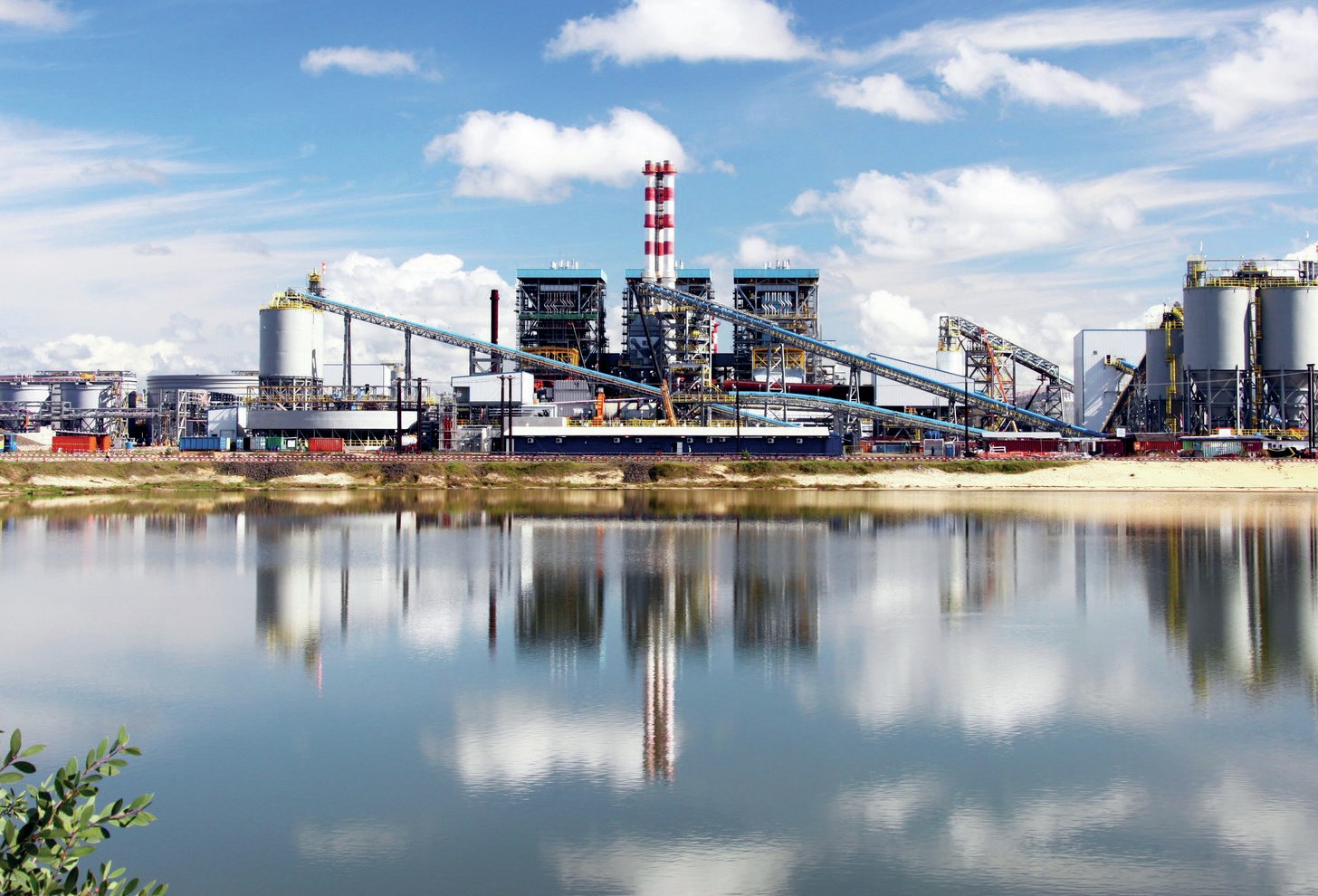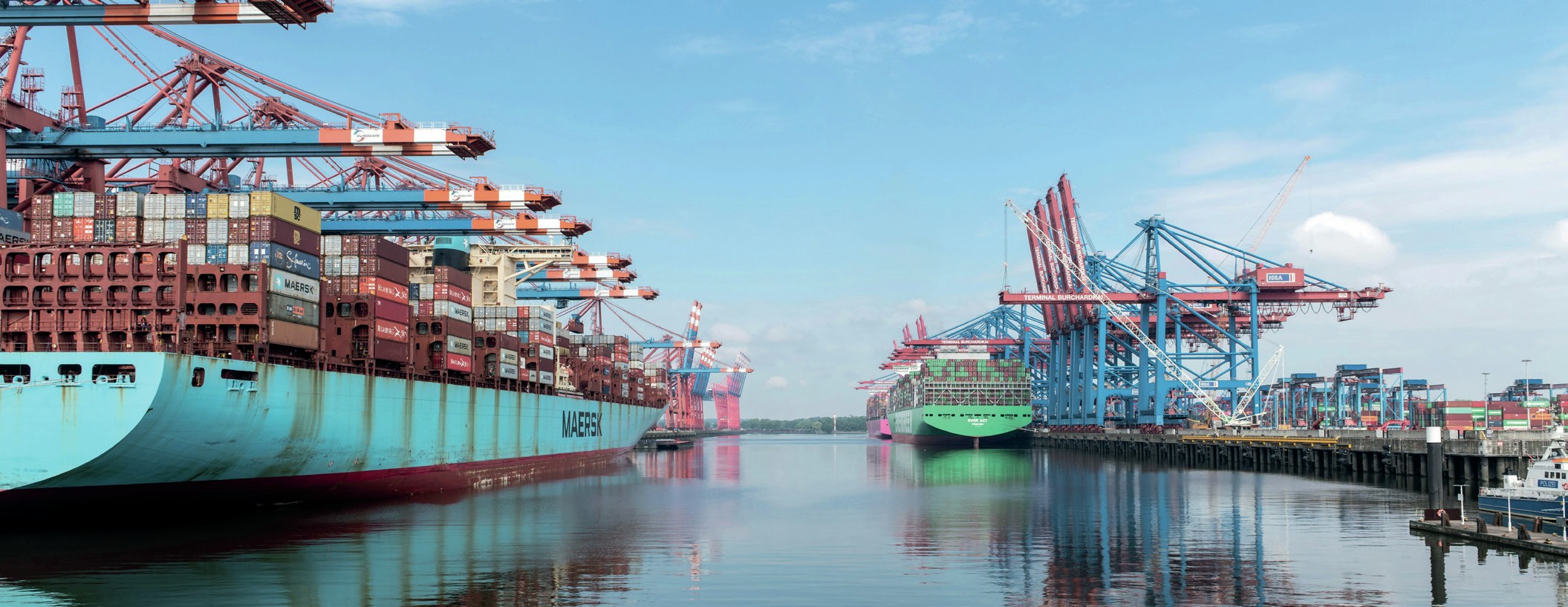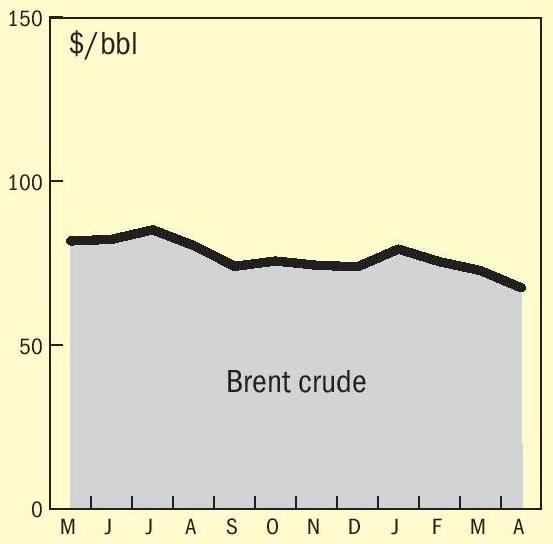Fertilizer International 495 Mar-Apr 2020

31 March 2020
The state we’re in

The end of winter each year is always a good time to reflect on the state of the fertilizer industry. This year was no exception with the usual flurry of fourth-quarter and full-year results for 2019 emerging mid-February. Less of a flurry, actually, more of an avalanche.
“The CEOs of Nutrien, Yara and CF all chose to highlight the generation of strong free cash flow in 2019 – a sure sign of company and collective industry health.
That makes sifting and sorting every fact and figure for all the fertilizer majors a time consuming business. Thankfully, there are shortcuts.
You can gain a reasonable snapshot of the state of the fertilizer industry from the annual results of the largest companies by market capitalisation – say Nutrien, Yara International, The Mosaic Company and CF Industries, for example.
All four of these major companies operate international-assets and make global customer sales. 2019 was certainly an interesting year for these ‘Big Four’ fertilizer producers.
Nutrien’s take on 2019 was the delivery of stable earnings in a challenging year. The overall picture was certainly solid with the Canadian fertilizer giant reporting marginal year-on-year (y-o-y) increases in sales and earnings* – both up by two percent to $20 billion and $4 billion, respectively.
The year didn’t end well, though. Nutrien’s potash earnings fell in the fourth-quarter due to lower sales volumes, lower realised selling prices and production curtailments – factors all linked to a global slowdown in potash demand. As a consequence, Nutrien posted a net loss of $48 million for the fourth-quarter, despite a strong retail performance.
“Nutrien’s earnings held up well in 2019 and we generated strong free cash flow in a very tough agriculture market,” commented Chuck Magro, Nutrien’s president and CEO.
Norway’s Yara International managed to strongly grow its earnings to $2.1 billion in 2019, up almost two-fifths y-o-y. Margins improved on lower European gas costs, a more profitable product mix and currency effects.
Impressively, Yara’s earnings improvement was achieved against the backdrop of a slight fall in annual revenues – less than one percent – to $12.9 billion, linked to lower fertilizer prices.
“I’m pleased to see our strategy delivering results and that our free cash flow continues to increase,” said Svein Tore Holsether, Yara’s president and CEO.
North America experienced its wettest 12 months in almost 50 years in 2019. This negatively affected spring and fall applications and sales volumes, which in turn pressured prices. The Mosaic Company suffered during these difficult trading conditions, reporting a net loss of $1.1 billion for 2019.
These losses reflected $1.46 billion in non-cash charges. These were incurred from Mosaic’s permanent closure of its Plant City phosphates production site, the acceleration of potash production at its Esterhazy K3 mine and the idling of the Colonsay potash mine.
Such decisive and “aggressive decisions” were entirely necessary, according to Joc O’Rourke, Mosaic’s president and CEO.
“Our actions to manage our portfolio of assets and lower our cost structure, our reduced inventories, leave us with tremendous opportunity to capitalize on the improving trends we’ve seen early this year,” O’Rourke said.
This strategy seems to be paying off for the Florida-headquartered company. Mosaic recently returned its phosphate operations to full production, after good North American demand levels in December and January depleted the company’s phosphate inventories.
Illinois-headquartered CF Industries increased its full-year earnings to $1.6 billion in 2019. Higher average selling prices across its major products – except in the fourth-quarter – also prompted a slight rise in 2019 net sales to $4.6 billion.
“The CF team executed exceptionally well in 2019… delivering a 15 percent increase in adjusted EBITDA,” said Tony Will, CF Industries president and CEO. “Our 2019 performance enabled us to generate more than $900 million in free cash flow [and] strengthen our balance sheet.”
Encouragingly, free cash flow – a useful measure of company profitability – warranted frequent mentions in full-year results. The CEOs of Nutrien, Yara and CF all chose to highlight the generation of strong free cash flow in 2019 – a sure sign of company and collective industry health.
Even the sector’s Big Four don’t provide us with the whole picture, though. Fertilizer International will therefore be taking a deeper dive into the 2019 performance of all the leading listed fertilizer producers in our May/June issue.






